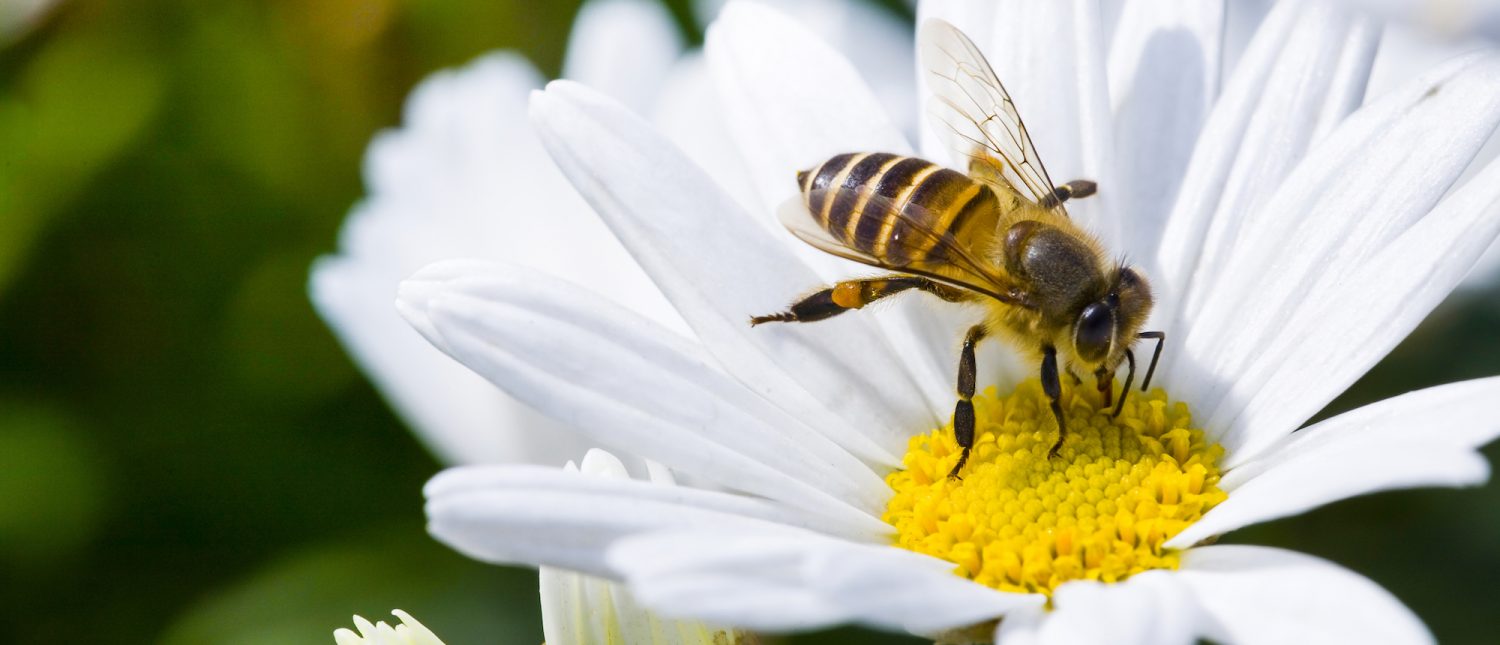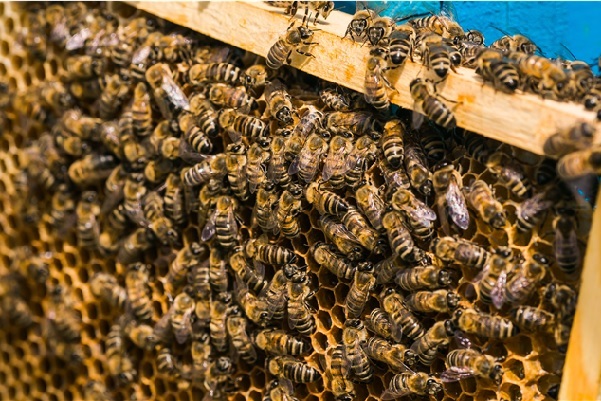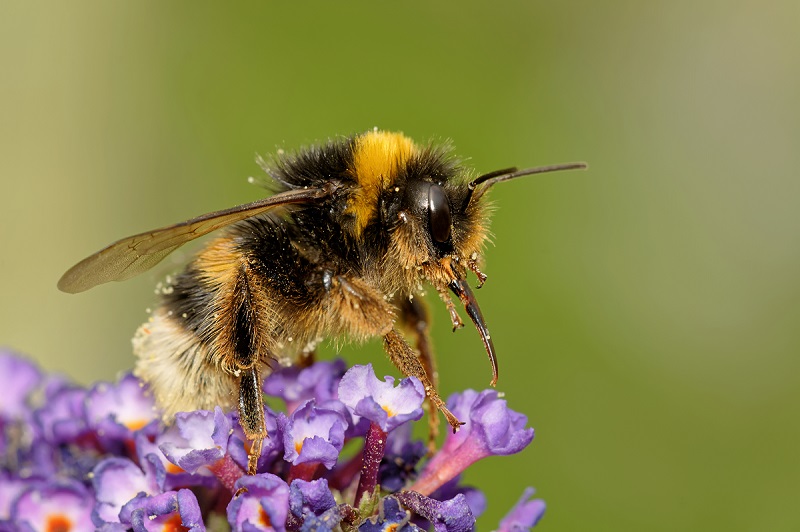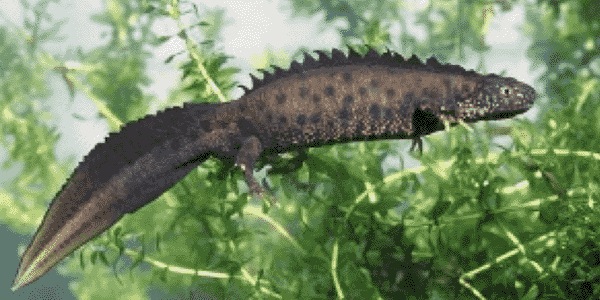
Visit our other sites
-
Fapas - Proficiency Testing
Globally recognised provider of proficiency tests, running over 400 tests annually across an extensive range of matrices and analytes
-
Great Crested Newts Testing
A single sample taken by an ecologist at any time during the newt breeding season can determine their presence or absence, saving you time and money
Play your part in helping the ecosystem

There are over 250 species of bee in the UK, made up of 225 species of solitary bees, 25 bumble bees, and just one honey bee. Different species have different life cycles and are active at varying times throughout the year.
Honey bees live together in their thousands mostly in man-made hives, although there are some feral colonies that live unmanaged. These colonies survive from year to year as the honey bees build up their stores of honey throughout the summer to see them through the cold winters.
Other types of bees build their own homes that last just one season. They live alone or in small groups and can make their nests in various locations such as underground in old mouse nests or even in walls, as some species of solitary bees do.
As bees visit flowers to collect nectar to eat and pollen to feed their larvae with, they transfer pollen from plant to plant. This pollination service is essential to numerous plants that we rely on such as many types of fruit, where the bees help to improve the quality and yield of the plants that they visit. Different species of bee are better at pollinating different crops. Pollinators also help with plants used for seed production as well as many farm crops such as oil seed rape, beans and alliums.
Sarah Harkin
Bee Ecotoxicologist

What you can do to help bees?
Planting a wide variety of bee friendly plants in your garden such as honeysuckle, lavender, buddleia and herbs that flower from early spring all the way through to late autumn you can help to provide bees with the food they need throughout the year.
You can buy packs of bee friendly of seeds in most garden centres or through organisations such as the British Beekeepers Association.
Features in your garden such as areas of unmown grasses, compost heaps and small piles of broken pots or old canes can be left to provide shelter and nesting sites for bees. It is easy to make your own bumble bee nest site in the ground or commercially produced nests boxes are available.
These tips will not just help the bees in your garden but other important insects and pollinators such as hoverflies and butterflies.

Did you know…
- The length of a bumblebee’s tongue will determine which flower species it can feed on.
- Honeybees have 5 eyes!
- All worker honeybees are females – the males play no part in looking after the colony!
- Perfect edible honey has been found in ancient tombs of the Pharos
- Bees can see polarised light allowing them to see where the sun is even on cloudy days!
IN THIS SECTION

Bee Ecotoxicology
Our research expertise and scientific resources can help you to test your plant-protection products for their effects on bee survival, development and behaviour – helping you to develop products that are safe for bees and other pollinators.

Copyright © 2025 Fera Science Limited (“Fera”). All rights reserved.
For further information about how Fera uses any personal data collected from you, please see our Privacy Notice at www.fera.co.uk/privacy-policy.

